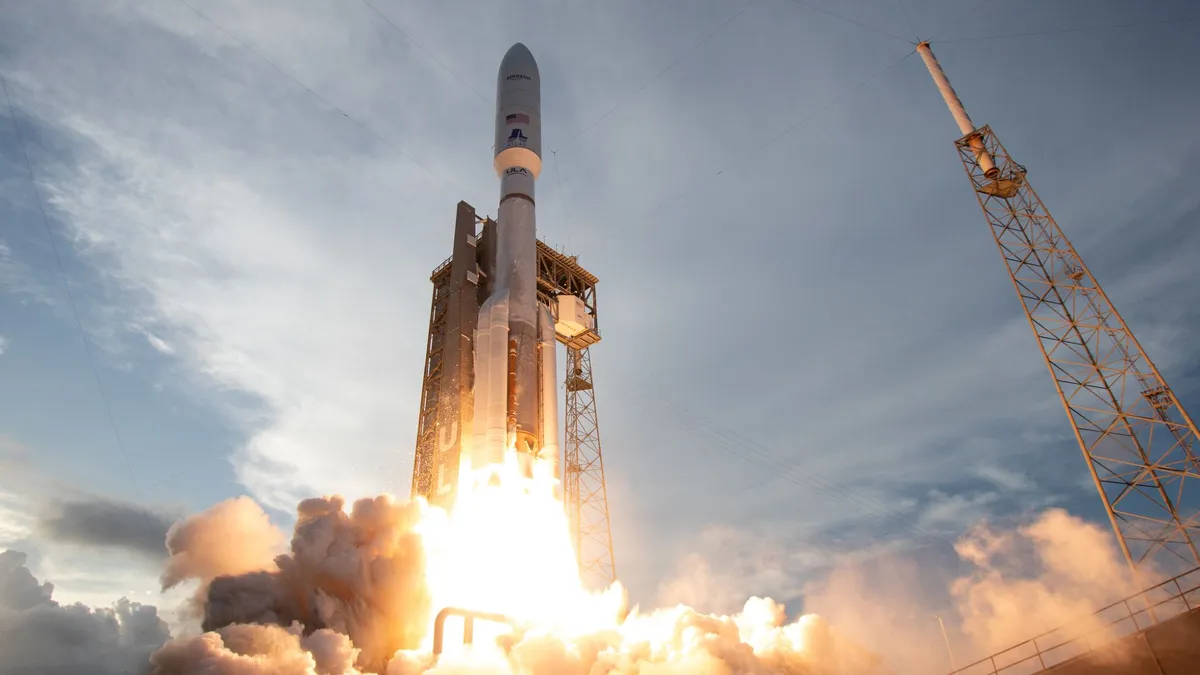
Today, on November 5, the United Launch Alliance (ULA) is set to launch the powerful ViaSat-3 F2 satellite into orbit. This significant event will take place at Florida's Cape Canaveral Space Force Station, with the launch window opening at 10:24 p.m. EST (or 03:24 GMT on November 6). Enthusiasts and observers can catch the live action on Space.com, provided by ULA, or directly through the company's streaming service. Coverage is slated to begin approximately 20 minutes prior to liftoff.
The Atlas V rocket, which will carry the ViaSat-3 F2 satellite, is known for its reliability and performance. If all goes according to plan, the Atlas V will successfully deploy the satellite into a geostationary transfer orbit approximately 3.5 hours post-launch. Following deployment, the ViaSat-3 F2 will take several months to reach its final operational position in geostationary orbit (GEO), situated at an altitude of 22,236 miles (or 35,786 kilometers) above Earth. This specific orbit allows satellites to maintain a fixed position relative to the Earth's surface, which is essential for communication and surveillance purposes.
The ViaSat-3 F2 satellite, weighing around 13,000 pounds (approximately 5,900 kilograms), is designed to enhance broadband services significantly. It is expected to begin providing its services to customers by early 2026. As part of the ViaSat-3 constellation, it follows the successful launch of ViaSat-3 F1 atop a SpaceX Falcon Heavy rocket in April 2023. A third satellite, ViaSat-3 F3, is anticipated to launch next year, completing the constellation.
Each satellite within the ViaSat-3 constellation is engineered to dynamically allocate bandwidth throughout its coverage area, addressing the varying demands of commercial, consumer, and defense customers. As noted by Viasat, a California-based telecommunications leader, this adaptability is crucial for maintaining connectivity in high-demand hotspots that can shift throughout the day. Currently, ViaSat-3 F1 primarily focuses on providing connectivity to airline passengers, while ViaSat-3 F2 is set to contribute over 1 Terabit per second (Tbps) of capacity across the Americas. The upcoming ViaSat-3 F3 is expected to offer similar capacity enhancements for the Asia-Pacific region.
The Atlas V rocket has a storied history, having successfully completed more than 100 missions since its inaugural flight in 2002. However, the rocket's operational days are now limited as the ULA transitions to newer launch vehicles. Today's launch not only marks a significant milestone for the ViaSat-3 program but also highlights the ongoing advancements in satellite technology and broadband services.